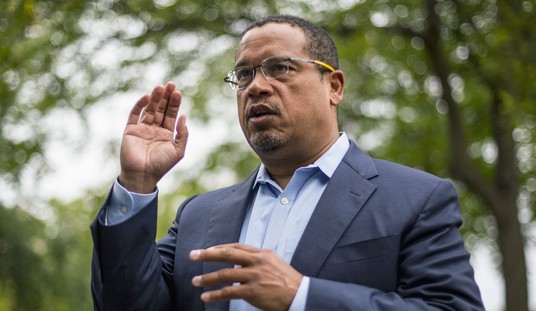After the most recent Fort Hood shooting, it seemed like it would be only a matter of time until the normal political strategizing started up again — liberals calling for more gun laws, and conservatives calling for fewer. And while there has been some of both, Politico noted that the conversation has shifted a bit from the expected focus:
After an Iraq War veteran took the lives of three other people at Fort Hood on Wednesday, President Barack Obama, Pentagon officials and others in Washington agreed more must be done to spot “insider threats” before they strike.
But what almost no one is saying: change gun laws.
The Fort Hood attack is the latest in a string of mass shootings, from the Navy Yard attack in September to a shooting at a Sikh temple in Wisconsin the year before, where the response from Washington has shifted from guns – to the shooters who wield them.
The push now is to identify those who might become violent before they act, especially when the military is involved — whether that’s a contractor who the police identified as unstable, like the Navy Yard shooter, or the gunman who had been treated by a psychologist at Fort Hood.
When asked whether he would like to bring up a bill to expand the background check program in response to the shooting, Reid said, “I would like to be able to bring it back up, I need some more votes.”
While this attack was different from most of the mass shootings the nation has seen in several respects, it is similar insofar as mental health appears to have been a factor. It also took place in a gun-free area. However, even as the situation is analyzed and policies discussed, politicians and pundits should not forget about the much larger gun violence problem in America — black-on-black violence, which I addressed in a USA TODAY op-ed last year:
A series of infographics compiled by The Wall Street Journal based upon FBI data shows while the rest of the country may be largely shielded from the horrors of gun violence, approximately 47% of victims of the 165,000 homicides from 2000 to 2010 (including over 111,000 gun-related homicides) were black, and 40% of those committing homicides were black.
Using recent Census data, this segment of the American population is 5.9 times as likely as the rest of America to be victims of homicide. This disproportionate devastation to families and individuals is appalling. It also needs to be addressed in a thoughtful way, not with the haphazard, ineffective methods of the left or the often blind eye from the right.
It is important that the failures that brought two mass shootings to the same base are rectified. But I hope policymakers and the media don’t forget that the horrors visited upon families last week is experienced on a regular basis by black Americans. Yet both parties and the media seem to ignore the human cost of this kind of violence, unless it affects white Americans, large numbers of children, or the military.
And real solutions, such as improving educational and work opportunities for black Americans, ending at least portions of the federal War on Drugs, and eliminating federal programs that encourage out-of-wedlock births (and thus create immense poverty) are ignored by both parties in favor of talking point rhetoric.
At least the issue of mental illness is on the forefront of discussions this time. Too many people are causing the deaths of others, and even more commit suicide. More than 61% of gun deaths in 2010 were suicides.








Join the conversation as a VIP Member